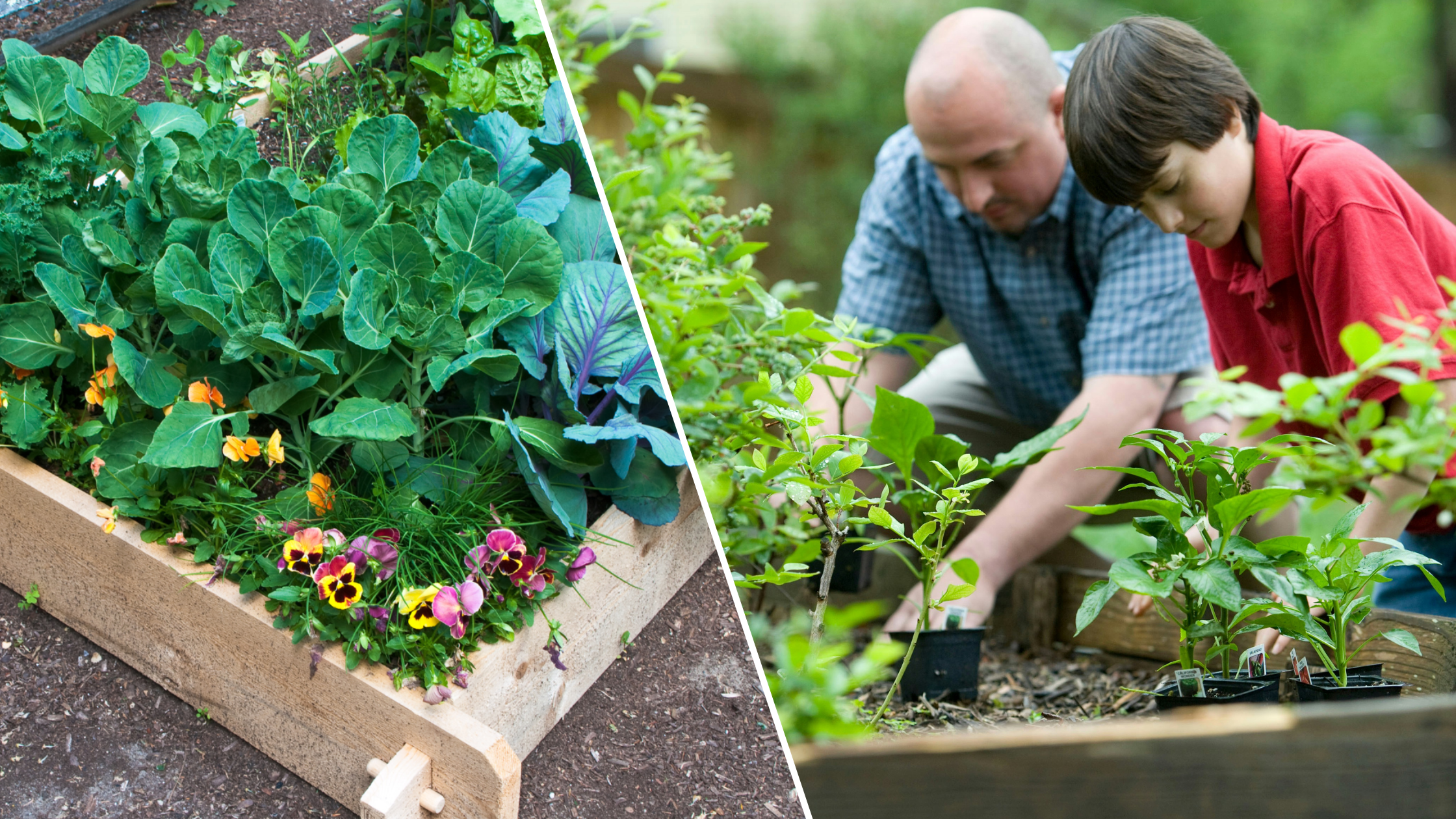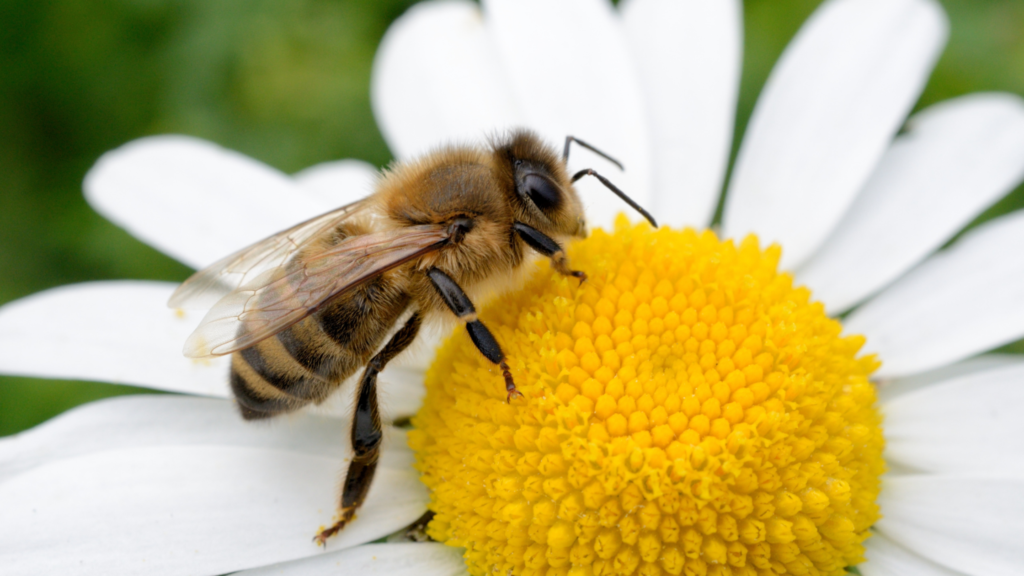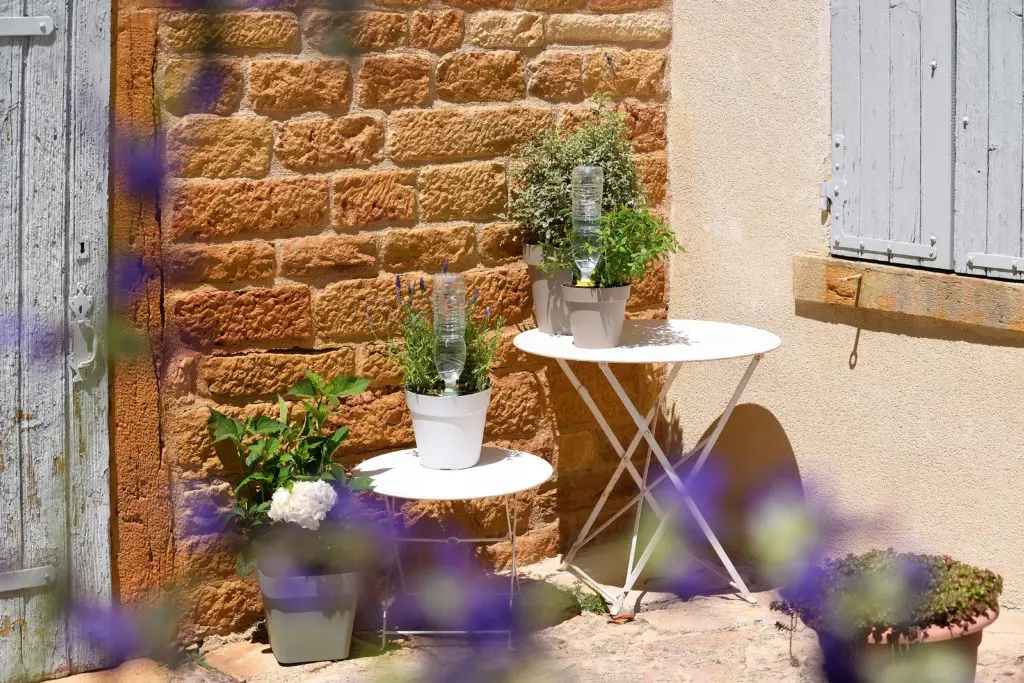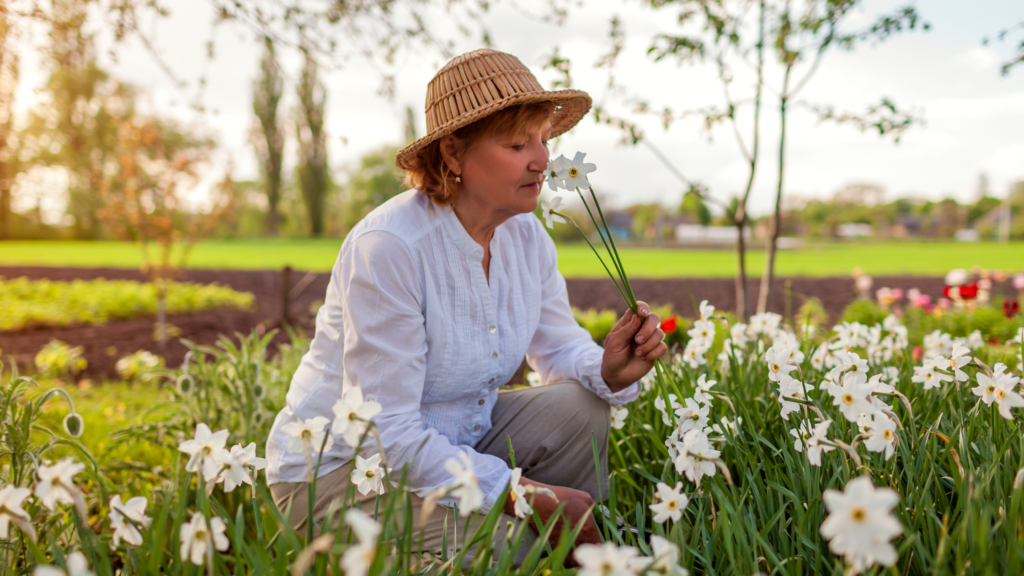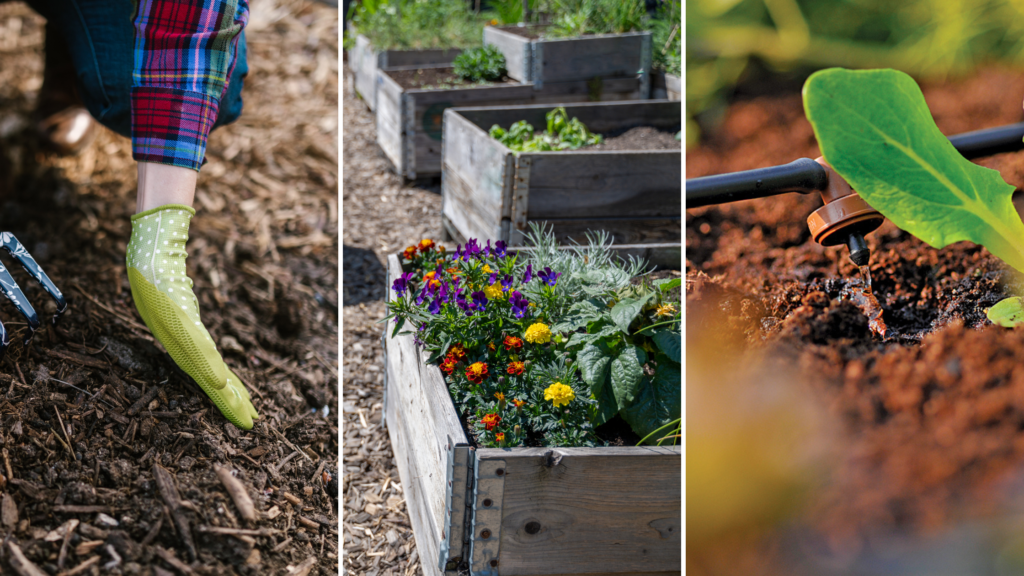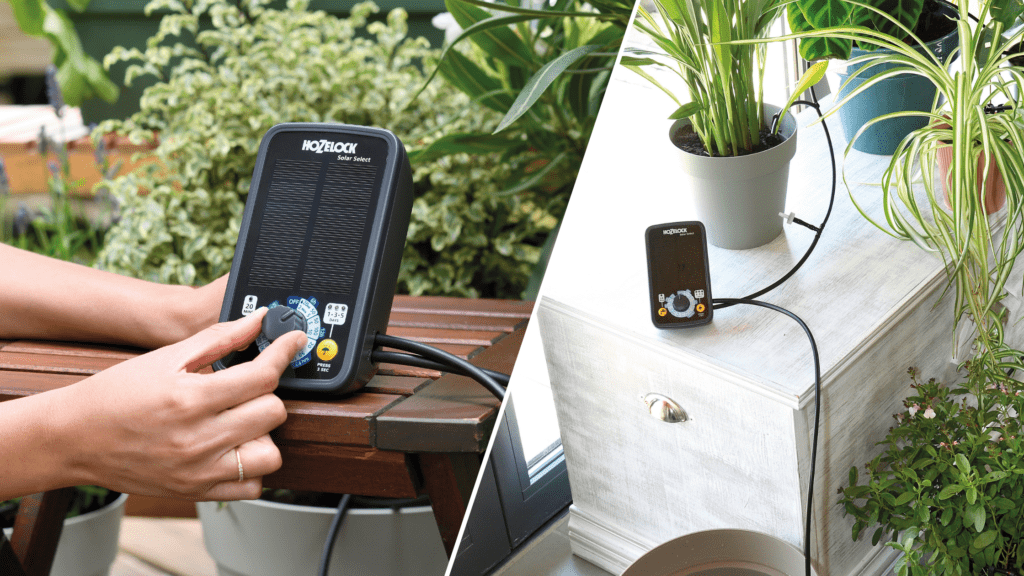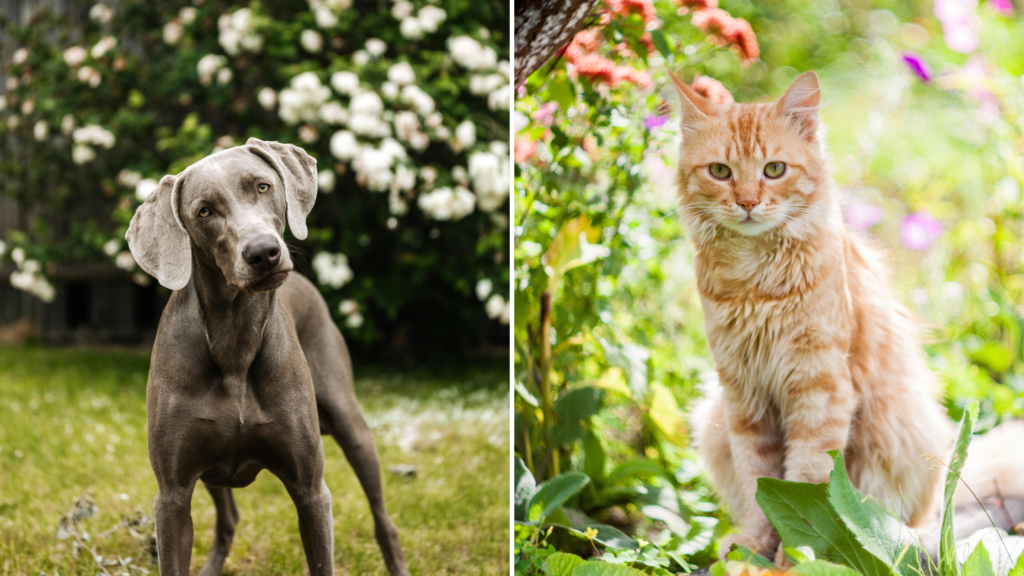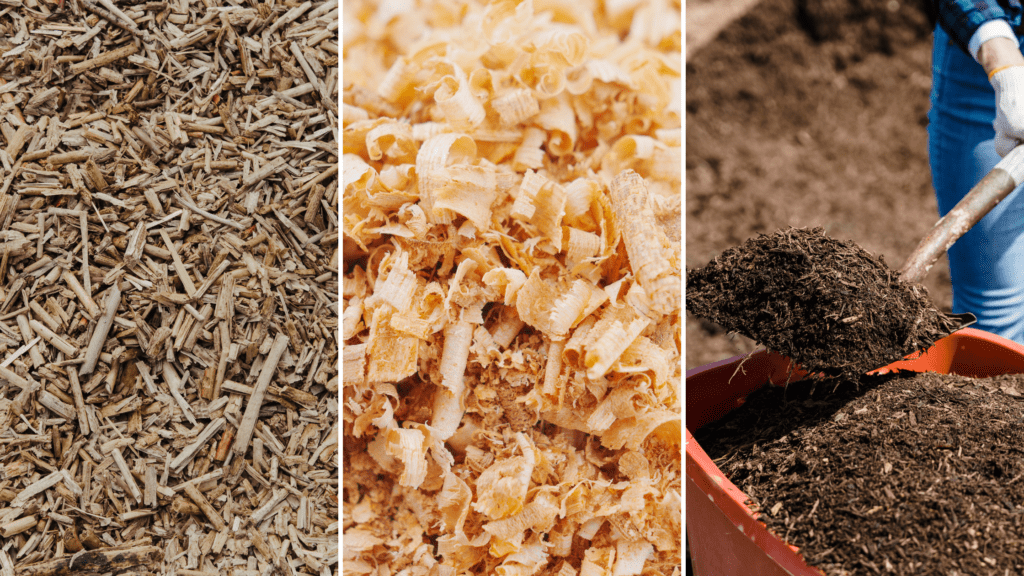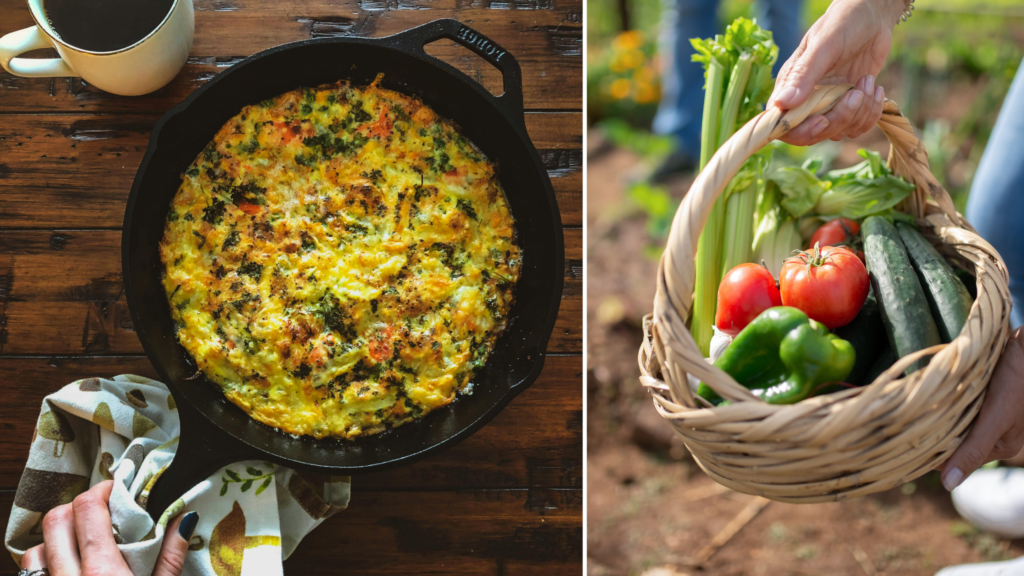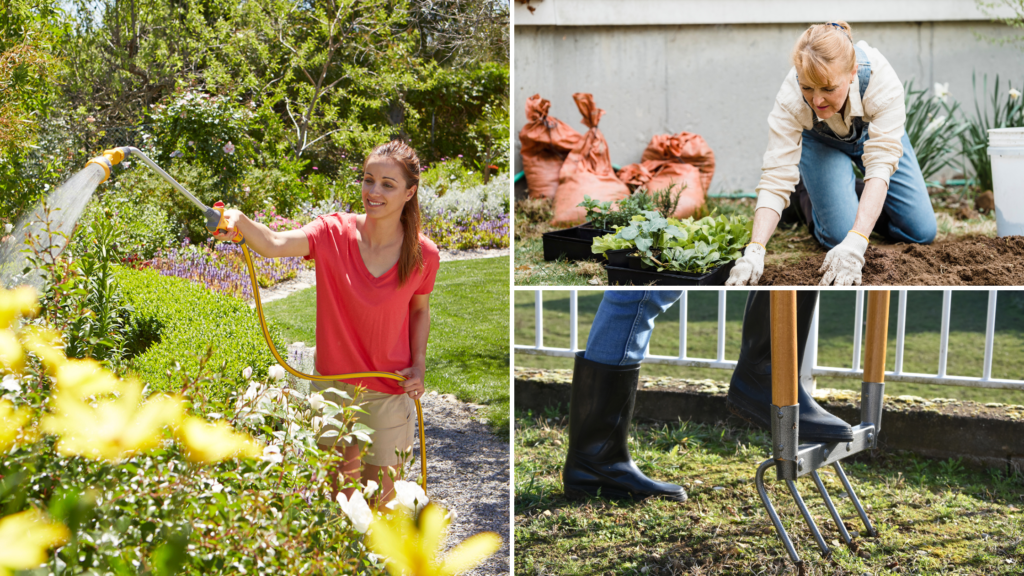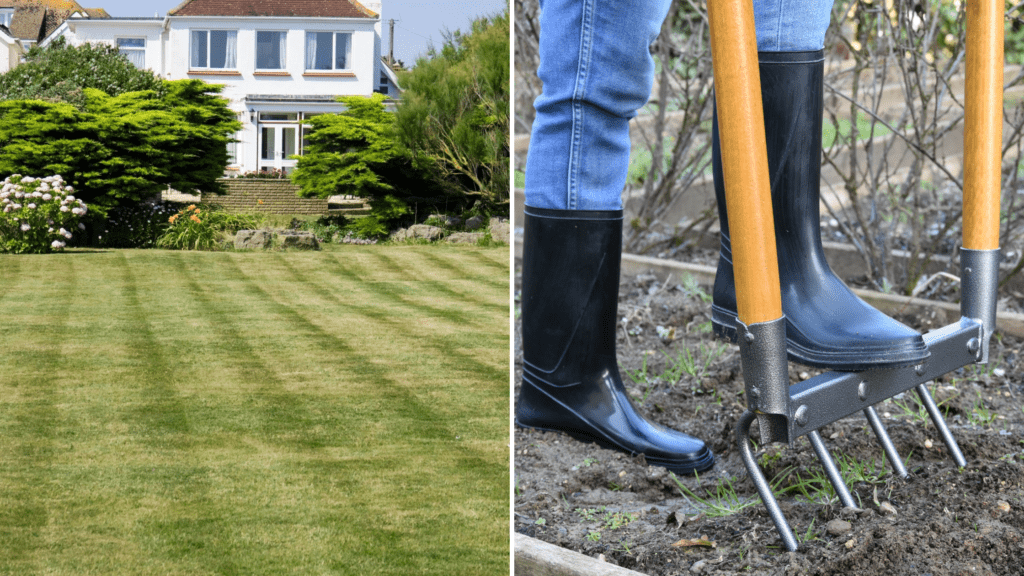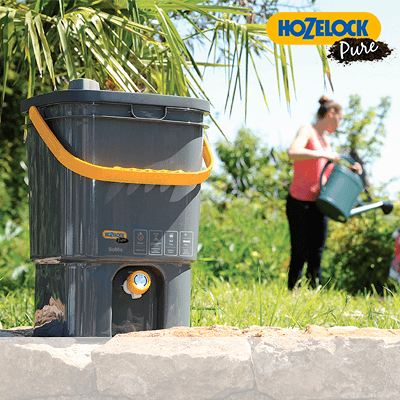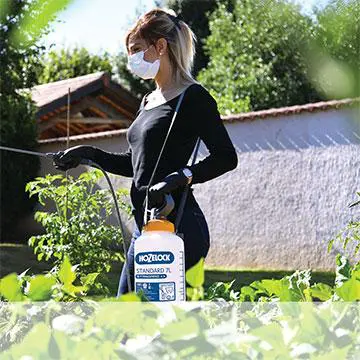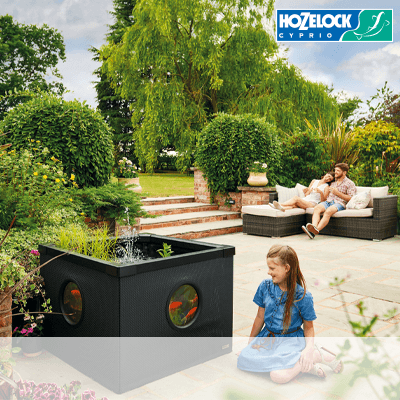Gardening is a rewarding and therapeutic activity, but did you know that some plants grow better together than others? This is the principle of companion gardening—an age-old practice that enhances plant health, deters pests, and maximises space.
Whether you’re a seasoned green thumb or just starting out, companion planting can transform your garden into a thriving ecosystem.
What is Companion Planting?
Companion planting is the strategic placement of plants that support one another in various ways. Some plants improve soil health, others repel pests, and some even enhance the flavour of their neighbours. This natural method of gardening reduces reliance on chemical pesticides and fertilisers while promoting biodiversity.
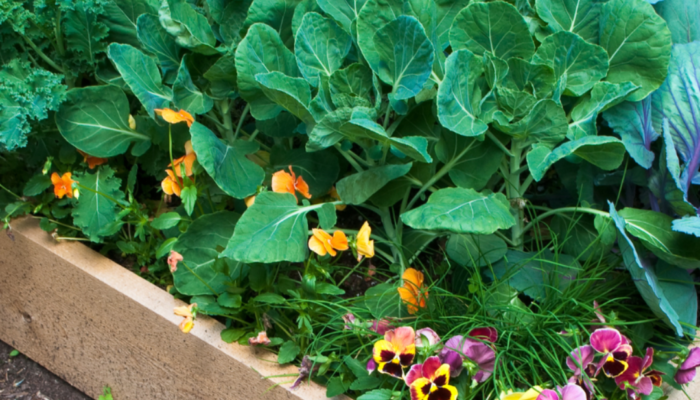
Benefits of Companion Gardening
- Natural Pest Control: Many plants, such as marigolds and basil, repel common garden pests like aphids and whiteflies.
- Enhanced Growth: Some plants release nutrients into the soil that benefit their companions. For example, beans fix nitrogen in the soil, which helps leafy greens thrive.
- Space Optimisation: Tall plants like corn provide natural trellises for climbing plants such as beans, making efficient use of limited space.
- Improved Pollination: Flowering plants attract bees and butterflies, which in turn help with pollinating fruits and vegetables.
Popular Companion Planting Combinations
If you’re wondering where to start, here are some tried-and-tested plant pairings:
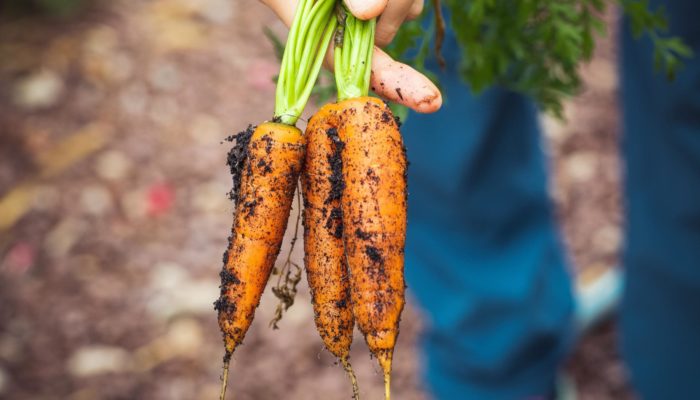
Carrots & Onions:
Onions deter carrot flies, while carrots help loosen the soil for onions to grow.

Tomatoes & Basil:
Basil repels pests like aphids and improves the flavour of tomatoes.
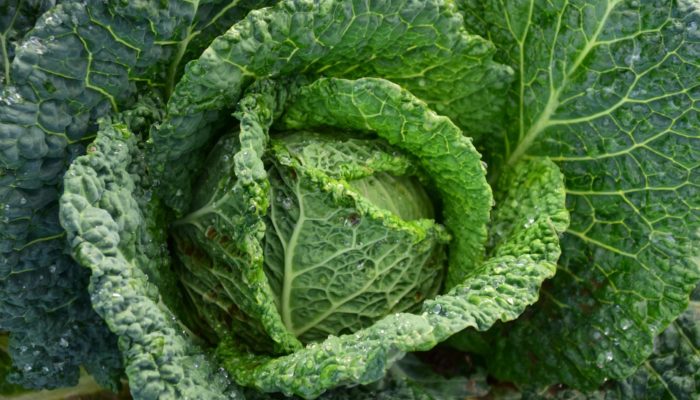
Cabbage & Nasturtiums:
Nasturtiums attract aphids, keeping them away from your cabbages.
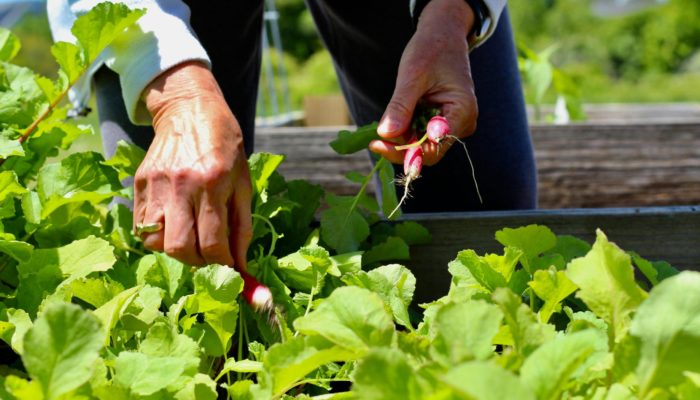
Lettuce & Radishes:
Radishes grow quickly and help break up the soil, making space for lettuce to thrive.

Corn, Beans & Squash (The Three Sisters):
This ancient combination from Indigenous American agriculture works beautifully—corn provides support for beans, beans enrich the soil with nitrogen, and squash suppresses weeds with its broad leaves.
Plants to Avoid Pairing
Not all plants make good neighbours! Some combinations can hinder growth or attract pests:

Tomatoes & Potatoes:
Both are prone to blight, so planting them together increases the risk.
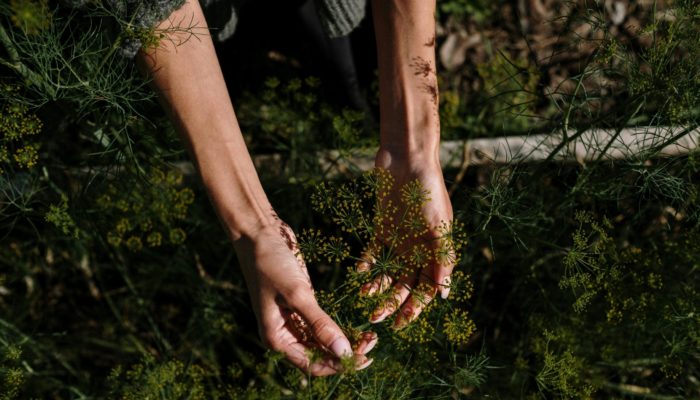
Carrots & Dill:
Dill can stunt carrot growth.
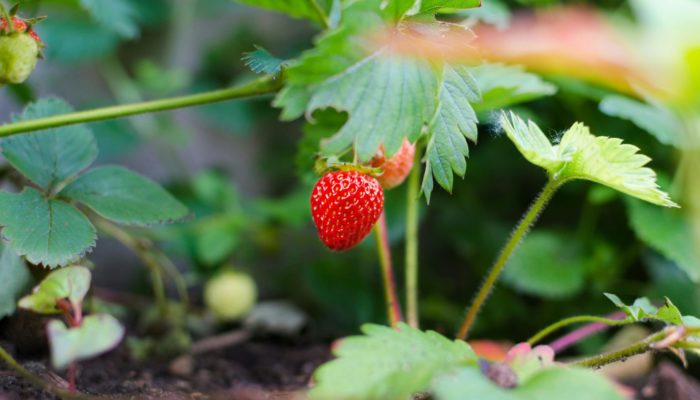
Cabbage & Strawberries:
They compete for nutrients and space, leading to poor yields.
Tips for Successful Companion Gardening
- Plan Your Garden Layout: Sketch your garden to ensure compatible plants are grouped together.
- Rotate Crops: Changing plant locations each season helps prevent soil depletion and disease build-up.
- Observe Your Plants: Pay attention to plant health and adjust combinations if needed.
- Use Flowers & Herbs: Companion plants aren’t just vegetables—herbs like rosemary and flowers like calendula can be beneficial too.

Companion gardening is a simple yet effective way to cultivate a healthier, more productive garden.
By understanding which plants support one another, you can reduce pests, improve growth, and make the most of your space—all while working in harmony with nature.
Whether you’re growing a small urban garden or a vast allotment, companion planting is a technique worth exploring.
To see our full breadth of knowledge, click here!
















